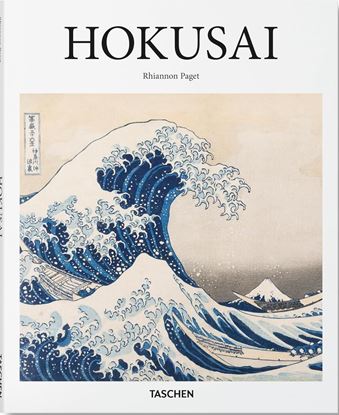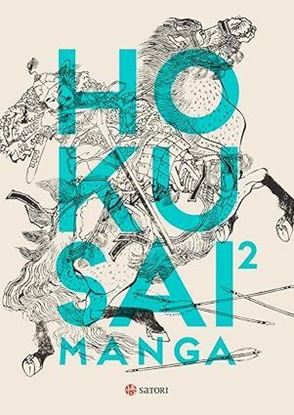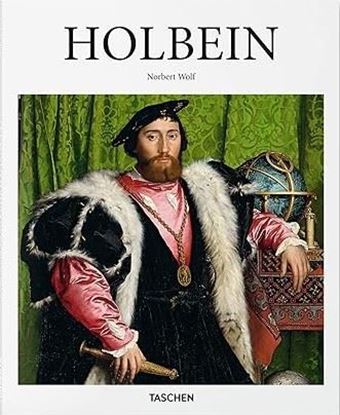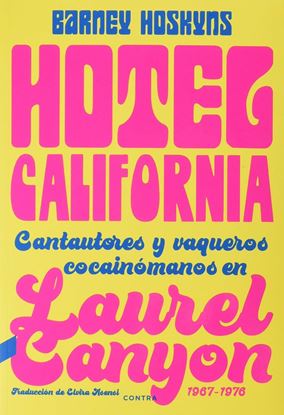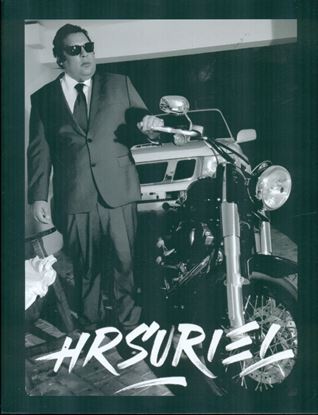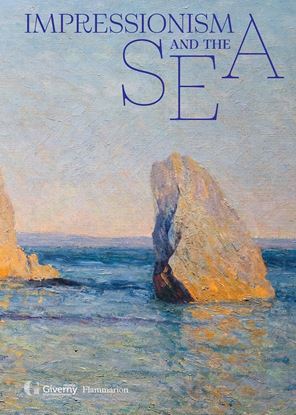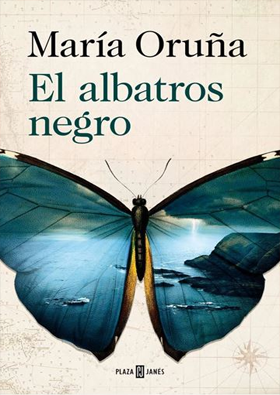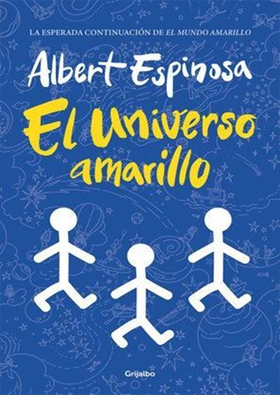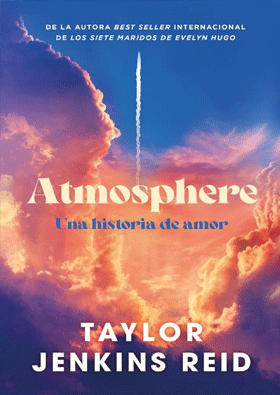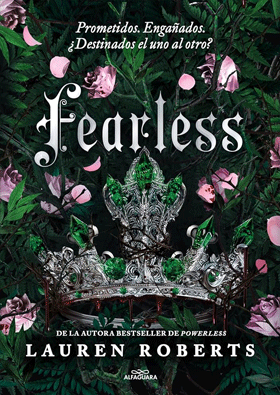

HOKUSAI (BASIC ART) (ES)
Meet the artist whose majestic breaking wave sent ripples across the world. Hokusai (1760–1849) is not only one of the giants of Japanese art and a legend of the Edo period, but also significantly influenced Western modernism, whose prolific gamut of prints, illustrations, paintings, and beyond forms one of the most comprehensive oeuvres of ukiyo-e art and a benchmark of japonisme. His influence spread through Impressionism, Art Nouveau, and beyond, enrapturing the likes of Claude Monet, Berthe Morisot, Edgar Degas, Mary Cassatt, and Vincent van Gogh.
1,350
HOKUSAI MANGA 2
La obra maestra de Hokusai, el artista japonés más universal. ¡Descubre la colosal obra que supone la semilla de lo que hoy conocemos como manga! Por primera vez en edición completa y comentada, presentamos en dos grandes tomos los quince volúmenes de esta obra excepcional con más de 4000 imágenes: gran variedad de personajes, figuras en movimiento, animales, peces, árboles, plantas, flores, objetos de la vida cotidiana, arquitectura, paisajes, escenas humorísticas, el mundo sobrenatural y criaturas fabulosas. El Hokusai Manga es una enciclopedia visual del Japón de su tiempo imprescindible para conocer la cultura nipona. A lo largo de esta espectacular obra del artista japonés más célebre de todos los tiempos se representa todo tipo de personajes, seres vivos, objetos e incluso fantasmas y monstruos. No hay nada que no esté aquí dibujado. El Hokusai Manga gozó de gran popularidad en Japón y su éxito se extendió también a Europa, donde causó un gran impacto en artistas como Monet, Degas, Van Gogh, Toulouse-Lautrec, entre otros, y su influencia aún se deja sentir en la actualidad.
1,995
HOLBEIN (BA-ART) (GB)
This book brings together key Holbein paintings to explore his illustrious and international career as well as the courtly drama and radical religious change that informed his work. With rich illustration, we survey the masterful draftsmanship and almost supernatural ability to control details, from the textures of luxurious clothing to the ornament of a room, that secured Holbein’s place as one of the greatest portraitists in Western art history.
1,250
HOTEL CALIFORNIA. CANTAUTORES Y VAQUEROS
A mediados de los sesenta, la música popular norteamericana dio un giro copernicano cuando la fábrica de hits de Nueva York se vio desplazada por los himnos aterciopelados y edénicos que empezaron a brotar de Los Ángeles de la mano del genial productor Phil Spector y grupos como los Beach Boys, los Byrds o The Mamas and the Papas. A partir de ese momento, una serie de artistas, que empezaron a reivindicarse como cantautores de sus propios temas, encontraron en las colinas californianas de Laurel Canyon y en sus alrededores un paraíso virginal —en plena naturaleza pero a un paso del fragor de la gran ciudad— donde establecerse, echar raíces y dar rienda suelta a sus canciones de corte intimista y reivindicativo. Locales como el Troubadour, en La Cienega Boulevard, empezaron a ser frecuentados por la nueva horda de músicos, que aspiraban a tocar sus canciones en directo frente a la exigente audiencia, formada en buena parte por los propios músicos y aspirantes a estrellas. Se iría así fraguando una de las eras doradas del rock norteamericano, que empresarios de la música como un joven y aguerrido David Geffen y su socio Elliot Roberts convertirían casi de la noche a la mañana en un emporio. De este modo, sellos como Warner/Reprise, dirigidos por los linces Mo Ostin y Joe Smith, o Asylum, del tándem Geffen/Roberts, apostaron por un repertorio de folk rock y nuevo country que vio nacer a cantautores y grupos de la talla de Neil Young, Joni Mitchell, Gram Parsons, Crosby, Stills & Nash, Jackson Browne, Linda Ronstadt, James Taylor, The Flying Burrito Brothers, The Eagles o Fleetwood Mac, entre muchos otros, que se convertirían en el nuevo canon del rock y el folk de la música norteamericana a base de música introspectiva y de raíces. Sin embargo, el idealismo, la solidaridad y el talento no tardarían en dar paso a un pandemónium de celos, consumo exacerbado de drogas y sobredosis, relaciones sentimentales tormentosas, éxitos clamorosos y caídas en picado que convirtieron el paraíso en un infierno de egoísmo y capitalismo desbocado que preconizó las maneras que la industria musical desarrollaría a partir de ese momento. Esta es la historia de los artistas de aquella generación, que alumbraron algunas de las mejores canciones de todos los tiempos y cuyo legado sigue más vigente que nunca.
995
IMPRESSIONISM AND THE SEA
The impressionists were forever inspired by the sea, which Claude Monet considered “a wonderful teacher for landscape artists.” The movement’s penchant for plein air painting and its characteristic style, with delicate brushstrokes and incomparable color palettes, was perfectly suited to portrayals of the sea and its perpetual movement, from gently rippling waves to raging storms.
2,500

